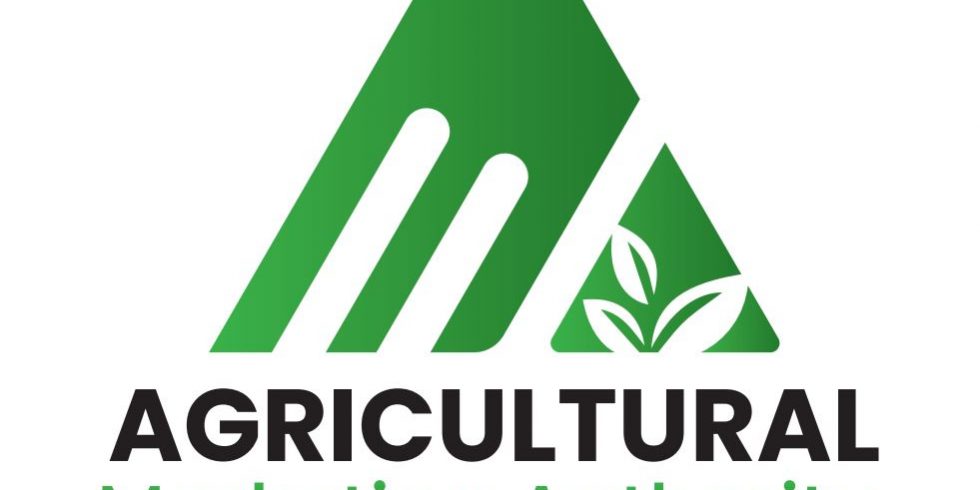
By Tapiwa Nyasha Mutonda
Cotton plays a significant role in the economy of Zimbabwe, contributing to the country’s agricultural sector and overall economic development.
The importance of cotton to Zimbabwe’s economy can be analyzed from various perspectives, including its contribution to employment, export earnings, provision of raw materials and rural livelihoods. Despite such a contribution to the economy, seed cotton quality has been on a decline in recent years.
Over the years, cotton produced in Zimbabwe has enjoyed a reputation of being among the least contaminated origins in the world owing to it being handpicked.
While launching the 2023 cotton marketing season in Mahuwe last May, Lands, Agriculture, Fisheries, Water and Rural Development minister Dr Anxious Masuka bemoaned poor quality seed cotton, before urging farmers to carry out pre-grading so that their crop can fetch good grades and prices on the market.
That said, the Agricultural Marketing Authority (AMA), a statutory body established under the Agricultural Marketing Authority Act (Chapter 18:24) to regulate, supervise, develop, and administer the marketing of agricultural products is also mandated with a role to provide for the fixing of standards of quality relating to agricultural products and other commodities produced in Zimbabwe. Seed cotton is one of the commodities that AMA monitors its quality.
To achieve this, seed cotton grading is done according to grading standards that are prescribed in the national cotton standard boxes with grades being broken down to A, B, C and D grades. These national grades are tailored to match the international United States Department of Agriculture (USDA) standards which then speaks to the market across the globe.
In this light, AMA annually prepares sets of seed cotton standards representing four grades of hand-picked cotton that show the maximum number of downgrading faults acceptable in each grade. These boxes are prepared, viewed, and certified by all ginners, farmers’ representatives, cotton merchants, Ministry and AMA upon agreeing on the quality for that season which is closely knit to climatic conditions.
Each grade is placed in metal boxes that are then dispatched to all registered cotton merchants. The grading boxes should then be used as yardsticks for grades, to educate farmers on cotton grades and as references in cases of arbitration. Grade definitions are as follows:
Grade A – White or slightly grey seed cotton, which is moderately soil-stained or insect-stained, or plant-stained. Small amounts of cotton-leaf trash are tolerated. No other impurities are permitted. Slight but not obvious amounts of weak or immature fibres are permissible.
Grade B – Seed cotton containing obvious but not substantial amounts of weak or immature fibres, soil stain or insect stain or otherwise discoloured fibres or leaf trash.
Small amounts of cotton leaf trash are tolerated. No obvious stick or other plant parts are permitted.
Grade C – Seed cotton containing substantial but not excessive amounts weak or immature fibres, soil stained, or insect stained or otherwise discoloured fibres, leaf and other trash and damaged seed.
Grade D – Seed cotton which cannot be classified as grade A, B or C but has value to produce lint.
No seed cotton which, by reason of excess moisture, is likely to cause the development of moulds or heating in storage, or seed cotton by itself or mixed with any other matter or thing which is likely to cause damage to ginning machinery is permitted.
Equipped with these national standards, AMA is empowered to institute measures necessary to ensure order and efficiency in the marketing of seed cotton to balance the interests of farmers and contractors. Accordingly, the Authority, in line with the Agricultural Marketing Authority (Seed Cotton and Seed Cotton Products) Regulations 2009 as amended by Statutory Instrument 63 of 2011 and 118 of 2022, has come up with directions for grading and payment of grade differential prices for seed cotton.
Section 14(4) of the Agricultural Marketing Authority (Seed Cotton and Seed cotton Products) Regulations, 2009 as amended, provides that all seed cotton shall be graded at the point of sale and where there are no grading facilities at the point of sale, the grower may opt to receive part payment for the seed cotton or receive full payment after grading. It further provides that all contractors shall inform growers of their grade results by way of displaying grade results at every common buying point within seven days of grading and pay the grower grade differential prices.
The payment of grade differential prices will go a long way in motivating farmers to exercise pre-grading at homestead level leading to improved cotton grades.
In conclusion, quality improvement requires a concerted effort by all stakeholders to improve fibre properties through research and better production, handling, and marketing practices.
Tapiwa Nyasha Mutonda is a cotton quality expert.
Word from the market is a column produced by the Agricultural Marketing Authority (AMA) to promote market driven production. Feedback cchiduku@ama.co.zw or WhatsApp +263781706212.




